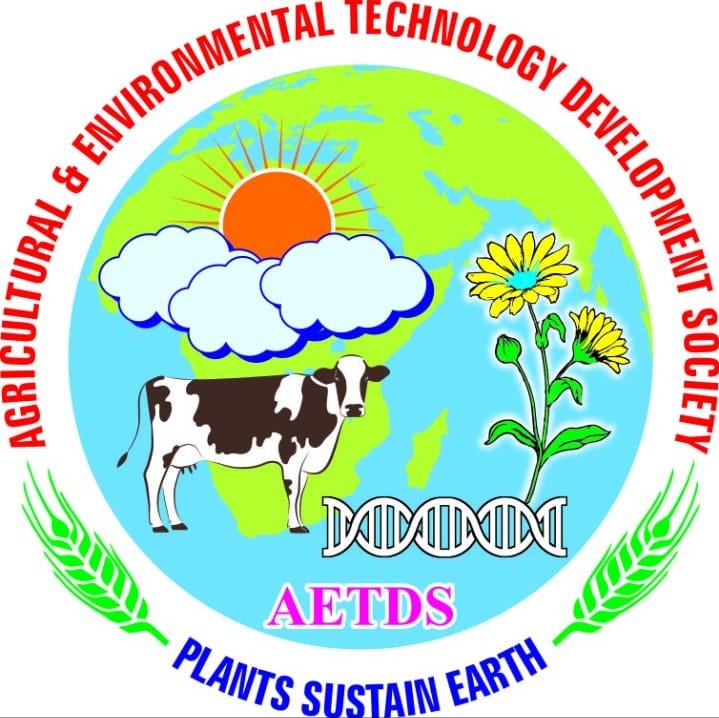
Secretary
Agricultural & Environmental Technology Development Society
Contact
Copyrights © 2024 All Rights Reserved. Powered by AEDTS

International Journal of Agricultural and Applied Sciences, June 2025, 6(1): 74-88
ISSN: 2582-8053
https://doi.org/10.52804/ijaas2025.6111

Research Article
Drought Prediction and Trend Analysis in Minna Using Support Vector Machine and Decision Tree Models: A Comparative Study of SPEI and SPI Indices
Chukwu*, S. E., Otache, M. Y. and Atemoagbo, P. O.
Department of Agricultural & Bioresources Engineering, Federal University of Technology, Minna, Nigeria. *Corresponding author e-mail: sechukwu6@gmail.com
(Received: 18/02/2025; Revised: 05/05/2025; Accepted: 20/05/2025; Published: 20/06/2025)
ABSTRACT
This research explores the complex relationships between precipitation, temperature, and evapotranspiration in Minna, with an emphasis on understanding climatic variability. The study utilizes the Standardised Precipitation Index (SPI) and Standardised Precipitation Evapotranspiration Index (SPEI) to examine trends and predict drought conditions across various time scales. A comparative analysis was conducted using machine learning algorithms, specifically Support Vector Machines (SVM) and Decision Trees (DT), to evaluate their effectiveness in predicting drought conditions. By investigating the dynamic interactions among these climatic variables, this study aims to contribute to a better understanding of drought dynamics in the region. In addition, correlation analyses using Pearson, Spearman, and Kendall’s Tau were conducted to explore empirical relationships between the indices. Regression metrics and innovative trend analysis were also applied to identify underlying patterns in the drought series before machine learning implementation. Preliminary results show that the probabilities for moderately dry, severely dry, and extremely dry conditions range from 0.058–0.16, 0.09–0.157, and 0.01–0.12, respectively, indicating a notable risk of moderate to severe drought events in the region. Correlation between SPI and SPEI is generally weak at shorter time scales (3- and 6-month), with values below 0.2, but improves moderately at the 9-month scale (Kendall’s Tau = 0.312). Trend analysis reveals a near-balanced occurrence of wet and dry conditions across time scales, with strong agreement (r > 0.95) between computed indices and observed trends. Both SVM and DT models performed well in predicting SPI-3 and SPEI-3, especially under near-normal conditions. However, model performance declined under moderate, severe, and extreme drought scenarios. Future research should focus on integrating advanced machine learning approaches, such as ensemble techniques and deep learning, with a broader array of hydroclimatic and land surface variables to enhance prediction accuracy and support more informed decision-making by stakeholders.
Keywords: Drought, Precipitation, Temperature, Agriculture, Timescale